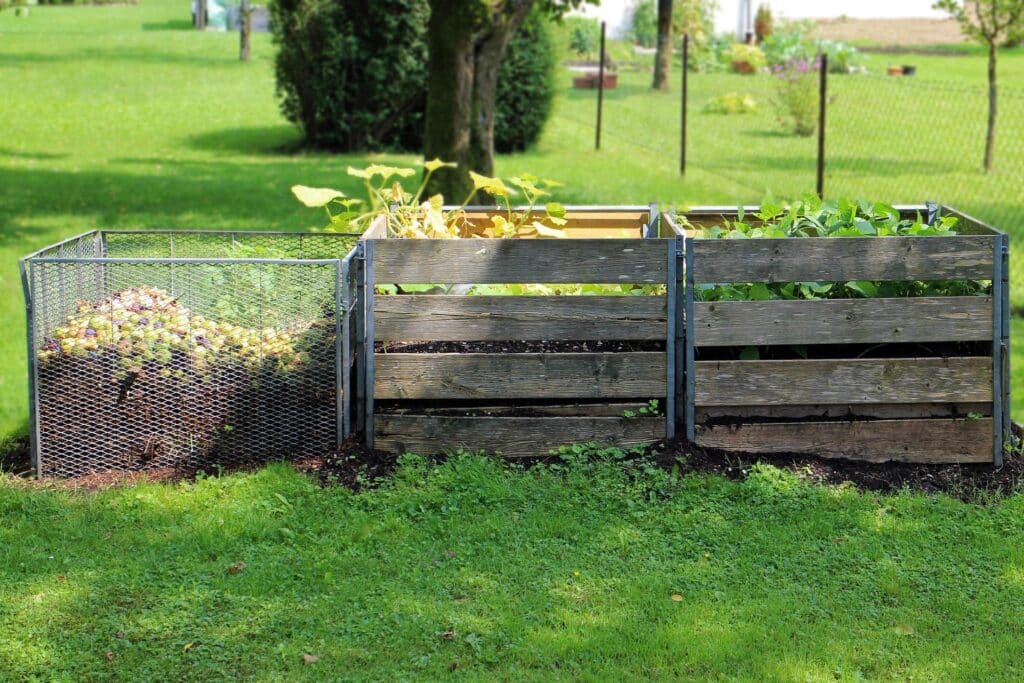Pests hiding in your attic insulation are surprisingly easy to miss. Since you don’t access your attic regularly, and these unwanted visitors don’t always leave obvious signs in your living areas, infestations can go undetected for months. If you’ve been hearing unexplained scratching sounds at night or noticing a persistent musty smell, you might be dealing with hidden pests in your attic.
These spaces provide the perfect environment for various pests, with insulation offering warmth, protection, and convenient access routes to the rest of your home. Left unchecked, these hidden infestations can grow significantly before you even realize there’s a problem.
Why Attics Attract Pests
Attics typically remain undisturbed for long periods, making them ideal nesting locations for rodents, insects, and other pests looking for a safe haven. Rats and mice will burrow deep into insulation to build their nests, while squirrels often chew through materials to create pathways throughout the space. Even cockroaches and bats find attics appealing due to their warmth and seclusion.
Once these pests settle into your attic, they can multiply surprisingly quickly in this protected environment. Because infestations typically start small and in areas you rarely check, many homeowners don’t realize they have a problem until it has become severe and more difficult to address.
Signs of Hidden Pest Infestations in Attic Insulation
Here are some signs that you might be facing infestations from pests in your attic insulation. If you feel your problem has gotten out of hand, it’s always a good idea to contact a professional pest control service for an inspection.
Strange Noises at Night
Many attic pests are nocturnal, becoming most active during nighttime hours when your home is quiet. If you’ve been hearing scratching, scampering, or gnawing sounds coming from above, particularly after dark, it’s a strong indication of pest movement in your attic. These distinctive noises usually mean that pests have already established nests and are actively moving around your attic space.
Foul Odors and Air Quality Issues
Pests inevitably leave behind urine, feces, and nesting materials in your attic. Over time, these waste products build up, creating a strong, musty smell that can be difficult to pinpoint. If your attic has poor ventilation, these unpleasant odors can eventually spread to other areas of your home. Beyond just the smell, droppings and dander from attic pests can trigger allergies and respiratory issues for your family.
Damaged Insulation
As pests make themselves at home in your attic, they inevitably damage the insulation as they create nests and pathways. You should look for areas of insulation that appear flattened, shredded, or discolored, as these are clear signs of pest activity. Beyond the visible damage, contaminated insulation loses its effectiveness, potentially leading to decreased energy efficiency, higher utility bills, and various health risks.
Entry Points and Chewed Materials
When inspecting your attic, pay close attention to any holes, gnaw marks, or disturbed insulation around the edges of the space. Rodents and squirrels commonly chew through wood, wires, and even drywall to create convenient entry points. If you notice chewed electrical wires, this represents a serious fire hazard that requires immediate attention before it leads to more dangerous situations.
Droppings and Tracks
Rodent droppings are typically small, dark, and found in concentrated areas where pests frequent. Various insects leave behind shed skins and fecal matter that indicate their presence. Finding any of these telltale signs means that pests are actively using your attic as their home, and the problem won’t resolve itself without intervention.
The Dangers of an Untreated Infestation
Ignoring pest activity in your attic can lead to increasingly serious problems over time. Pests breed quickly, potentially turning what seems like a minor issue into a full-blown infestation. Beyond the annoying noise and unsightly mess, long-term pest activity in your attic can cause significant structural damage and create health risks for your family.
Structural Damage
Rodents constantly gnaw to keep their teeth from overgrowing, targeting your insulation, wooden structures, and electrical wiring. This behavior not only weakens your home’s structure but significantly increases fire risks due to damaged wiring.
Squirrels can even gnaw through support beams, potentially leading to costly structural repairs. Without proper attention, pests can transform your attic from a simple storage space into a hazardous environment.
Contaminated Insulation
Once your attic insulation becomes contaminated with pest waste, it loses its effectiveness at regulating temperature. Urine and droppings soak into the material, reducing its insulating properties and potentially creating an unhealthy environment. This contamination leads to higher heating and cooling costs and often necessitates complete insulation replacement, adding significant expense to the pest control process.
How to Protect Your Attic from Hidden Pests
Here are some ways you can protect your attic from attracting pests and to help you avoid dealing with a greater problem.
Regular Inspections
Make it a habit to check your attic at least twice a year, ideally during seasonal changes. During these inspections, look specifically for droppings, chewed wires, or signs of nesting activity. Use a good flashlight to thoroughly examine corners and hard-to-reach areas where pests typically hide. These regular checks can help you catch problems early before they become major infestations.
Seal Entry Points
Take time to close off all potential gaps, cracks, and holes that might provide access to your attic. Install wire mesh over vents and chimneys to prevent entry while maintaining proper ventilation. Make sure all attic access points, including doors and hatches, are tightly sealed when not in use to create a barrier against opportunistic pests.
Keep the Attic Dry and Ventilated
Pests generally thrive in humid, undisturbed environments, so ensuring proper ventilation to keep your attic dry can make it less appealing to them. Address any leaks promptly and consider using dehumidifiers if moisture remains a problem. Creating a dry, well-ventilated attic environment significantly discourages pests from establishing nests in your insulation.
Act Now to Prevent Long-Term Damage
Effective attic pest control isn’t just about addressing current infestations—it’s about creating a long-term strategy to keep pests out permanently. Our pest control experts can thoroughly inspect your attic space, identify all entry points and active pest areas, and develop a customized plan to protect your home.
We offer inspections to assess the full extent of any pest activity in your attic insulation. Get a free quote today to learn how we can help you eliminate these hidden pests and prevent future infestations.









